Comparing RSA Archer GRC, ServiceNow GRC, and Seconize DeRisk Center highlights differences in their approaches, core strengths, and target audiences.
Seconize DeRisk Center brings a distinct focus on automation, AI/ML, and proactive risk management, setting it apart from the other two, which are more traditional in their frameworks.
1. Core Focus and Use Cases
| Aspect | RSA Archer GRC | ServiceNow GRC | Seconize DeRisk Center |
|---|---|---|---|
| Primary Focus | Deep GRC management for compliance-heavy industries. | IT-centric GRC, integrating with enterprise IT workflows. | AI-driven, automated compliance and risk management with predictive analytics. |
| Use Cases | Regulatory compliance, audit management, risk quantification. | IT risk, incident response, and IT service management integration. | Continuous risk assessments, automated compliance control testing, virtual audits. |
| Industry Fit | Finance, healthcare, government, and energy. | IT-heavy industries, technology, telecom. | SMBs and enterprises in all sectors focusing on cybersecurity compliance and automation. |
2. Automation and AI/ML Capabilities
| Aspect | RSA Archer GRC | ServiceNow GRC | Seconize DeRisk Center |
|---|---|---|---|
| Automation | Limited automation; relies on workflows and manual inputs. | Automated IT workflows, minimal AI use. | Strong focus on automation of compliance controls, evidence collection, and risk assessments. |
| AI/ML Usage | Minimal or none. | Minimal AI usage in GRC. | Advanced AI/ML for predictive risk analytics, control effectiveness testing, and automation. |
| Proactive Management | Reactive in nature, emphasizing audits and reporting. | Reactive, tied to incidents and IT workflows. | Proactive risk and compliance management with continuous monitoring. |
3. Compliance and Risk Management
| Aspect | RSA Archer GRC | ServiceNow GRC | Seconize DeRisk Center |
|---|---|---|---|
| Compliance Frameworks | Extensive framework mapping (ISO 27001, HIPAA, PCI, etc.). | IT-focused compliance (SOX, GDPR, CCPA). | Automated mapping to multiple frameworks like ISO 27001, RBI Cyber Directions, PCI DSS, etc. |
| Risk Quantification | Strong focus on risk scoring and reporting. | Risk tied to IT incidents and service disruptions. | Automated and continuous risk quantification using AI. |
| Audit Management | Comprehensive internal audit capabilities. | Basic audit functionalities, focused on IT services. | Virtual audits and automated evidence collection. |
4. Integration and Deployment
| Aspect | RSA Archer GRC | ServiceNow GRC | Seconize DeRisk Center |
|---|---|---|---|
| Integration | APIs for external integrations; requires configuration. | Native integration with ServiceNow modules (ITSM, SecOps). | Seamless integrations with vulnerability scanners, asset management tools, and compliance frameworks. |
| Deployment Options | On-premises or cloud-based. | Primarily SaaS (cloud-based). | Cloud-native SaaS platform with lightweight deployment. |
| Ease of Setup | Steep learning curve; significant configuration effort. | Easier setup for ServiceNow users. | Quick setup with minimal customization required. |
5. User Experience and Accessibility
| Aspect | RSA Archer GRC | ServiceNow GRC | Seconize DeRisk Center |
|---|---|---|---|
| User Interface | Comprehensive but complex, requiring training. | Modern, user-friendly interface. | Intuitive and easy-to-use, with an AI-driven dashboard. |
| User Accessibility | Designed for GRC specialists. | Geared towards IT teams and service managers. | Accessible for non-specialists in cybersecurity and compliance. |
6. Strengths and Weaknesses
| Aspect | RSA Archer GRC | ServiceNow GRC | Seconize DeRisk Center |
|---|---|---|---|
| Reporting | Comprehensive reporting capabilities but requires manual configuration. | IT-centric reporting, tied to incident and change management. | Automated real-time reports with customizable dashboards and predictive insights. |
| Training & Support | Extensive documentation, but training can be complex and costly. | Strong support for existing ServiceNow users; limited for others. | User-friendly interface minimizes training; dedicated support team available. |
| Customization | Highly customizable but requires significant expertise. | Limited customization beyond IT workflows. | Customizable workflows without extensive technical requirements. |
7.Cost and ROI
| Aspect | RSA Archer GRC | ServiceNow GRC | Seconize DeRisk Center |
|---|---|---|---|
| Third-Party Risk Management | Detailed third-party risk assessment capabilities. | Primarily focused on IT vendors and incident-driven workflows. | Continuous third-party risk assessments with automated compliance checks. |
| Value Proposition | Trusted enterprise solution for large organizations. | Strong integration with IT workflows; ideal for IT-heavy companies. | Cost-effective, AI-driven automation for scalable and proactive risk management. |
| Market Differentiator | Legacy platform with established reputation in regulated industries. | Best for IT-focused GRC in ServiceNow ecosystems. | AI and automation-first platform for continuous risk and compliance management. |
When to Choose Which
Choose RSA Archer GRC If:
- You operate in highly regulated industries (finance, healthcare).
- You need robust audit management and deep customization.
Choose ServiceNow GRC If:
- You are already using the ServiceNow platform (ITSM, SecOps).
- Your focus is on IT risk management and incident workflows.
Choose Seconize DeRisk Center If:
- You want a cost-effective, automated solution for compliance and risk management.
- Your focus is on cybersecurity, virtual audits, and continuous compliance.
- You need AI-driven insights for proactive risk and compliance management.
Conclusion
Seconize DeRisk Center stands out with its AI/ML-driven automation, lightweight deployment, and proactive approach to compliance and cybersecurity risk.
In contrast, RSA Archer and ServiceNow GRC are more traditional platforms better suited for organizations with significant existing investments in their respective ecosystems.
Seconize is ideal for organizations looking to modernize and automate compliance with minimal manual effort.

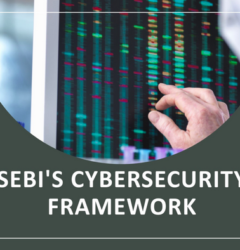
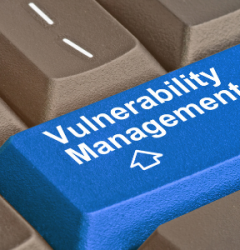




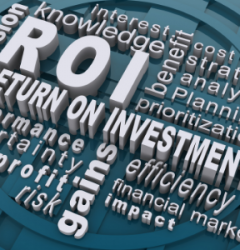
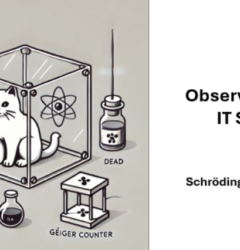
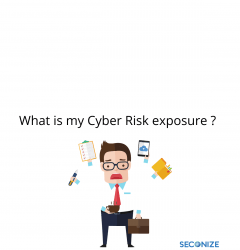




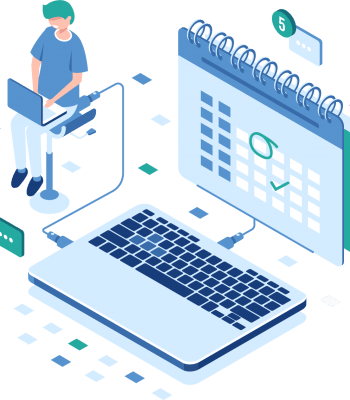

Recent Comments